Some cars slip under the radar because their styling blends into everyday traffic. Yet beneath those plain panels live engines that rival serious sports machines. This list of “sleepers” confuses expectations and surprises anyone who challenges them at a stoplight or on the track.
Volkswagen Phaeton W12
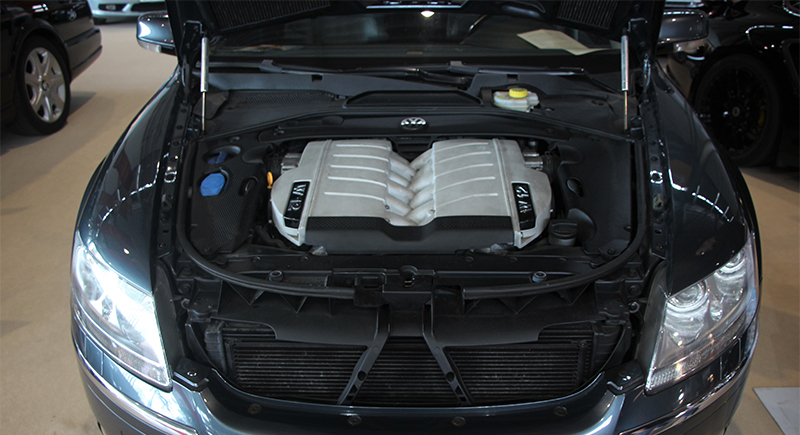
Volkswagen poured over a billion dollars into this luxury sedan, yet most people saw it as a big Passat. Under its understated body sat a 6.0‑liter W‑12 engine borrowed from Bentley’s playbook. It produced 415 horsepower and propelled the heavy sedan to 60 mph in about 5.5 seconds.
Chevrolet SS
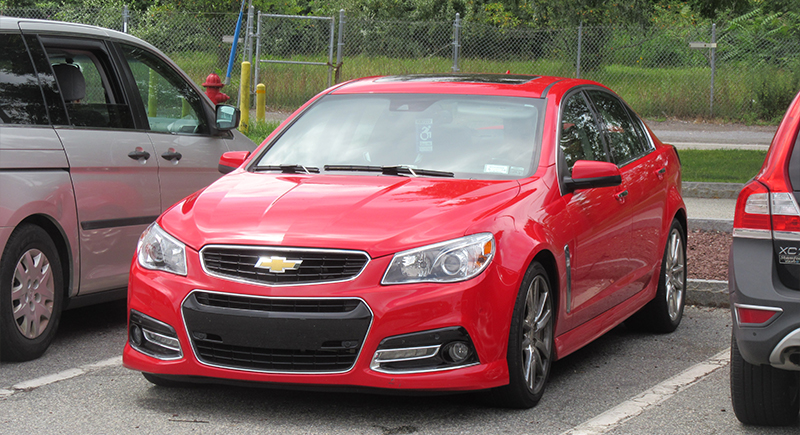
At a glance, the Chevrolet SS passes for any standard sedan. Its 6.2-liter LS3 V8, rated at 415 horsepower, sits beneath a modest exterior. Rear-wheel drive and an available six-speed manual reflect its close relationship with the Australian Holden Commodore.
Mercury Marauder
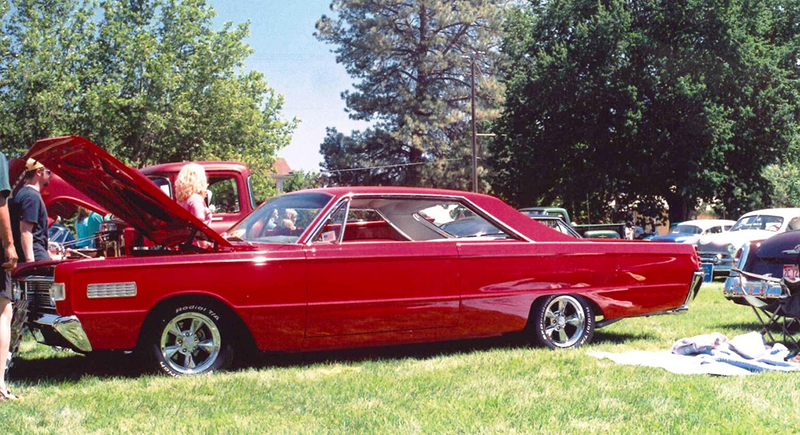
Mercury’s Marauder borrowed much of its appearance from the Crown Victoria, but the similarities ended there. It came with a 4.6-liter V8 rated at 302 horsepower and could accelerate from zero to sixty in roughly 7.5 seconds. For a large sedan from the early 2000s, those numbers set it apart from its more pedestrian siblings.
Buick Regal GS
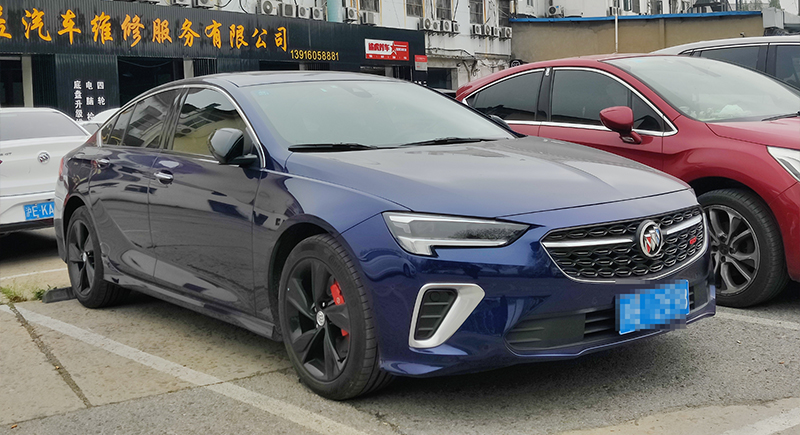
The Regal name suggests comfort over excitement, but the 2018–2020 GS version broke that mold. Engineers installed a 3.6‑liter V6 producing 310 horsepower, coupled it with all‑wheel drive, and a nine‑speed automatic. Look closely, and you might spot Brembo brakes and a small spoiler, as well as subtle hints of its performance edge.
Audi S8 Plus
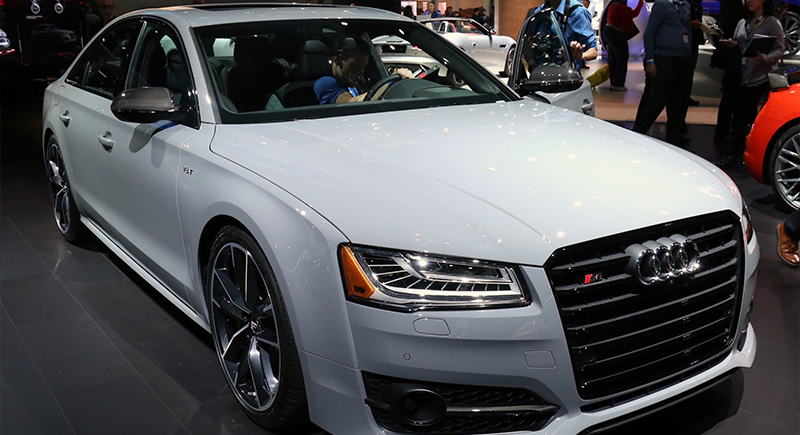
The Audi S8 Plus doesn’t draw attention with its looks, but the mechanical details tell a different story. It uses a twin-turbocharged 4.0-liter V8, producing 605 horsepower. Power goes to all four wheels through Quattro all-wheel drive. With launch control, the S8 Plus is capable of reaching 60 mph in less than four seconds.
Buick Roadmaster Wagon
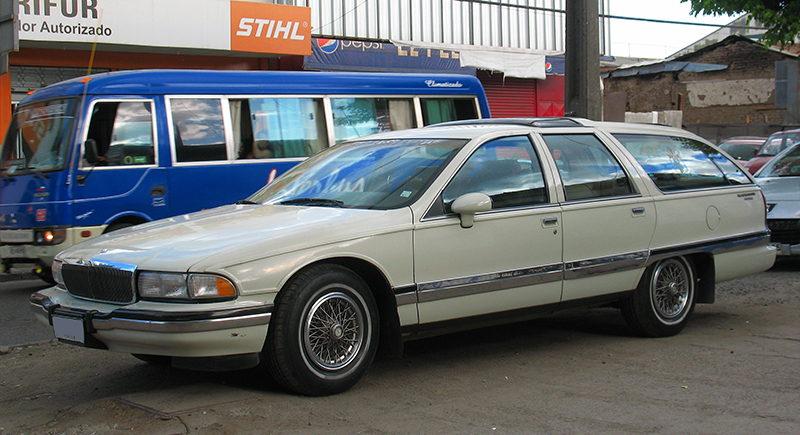
Wood‑grain panels gave the Roadmaster wagon a reputation as a family hauler, not a performance machine. Starting in 1994, Buick installed a Corvette‑sourced 5.7‑liter V8, giving it 260 horsepower. That setup let the roomy wagon tow heavy loads and move with surprising urgency.
Cadillac CTS-V
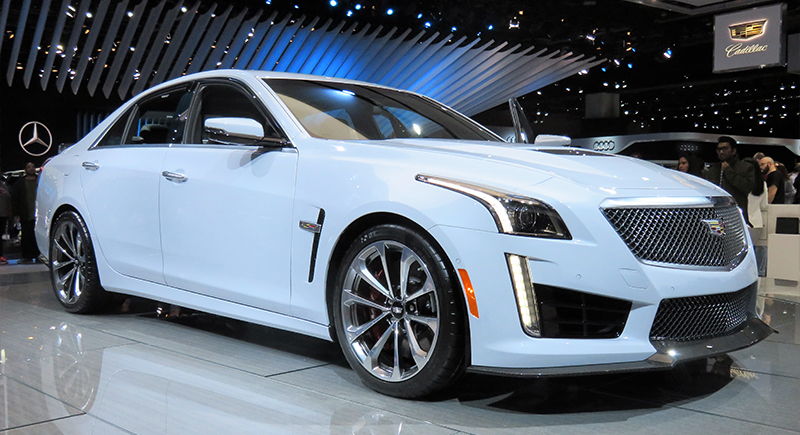
The Cadillac CTS-V kept a polished, reserved appearance, but its hardware was pure muscle. A supercharged 6.2-liter V8—sourced from the Corvette Z06—delivered 640 horsepower and 630 lb-ft of torque. Plus, its features like Magnetic Ride Control and launch control made it just as capable at the track as it was on city streets.
Ford Taurus SHO
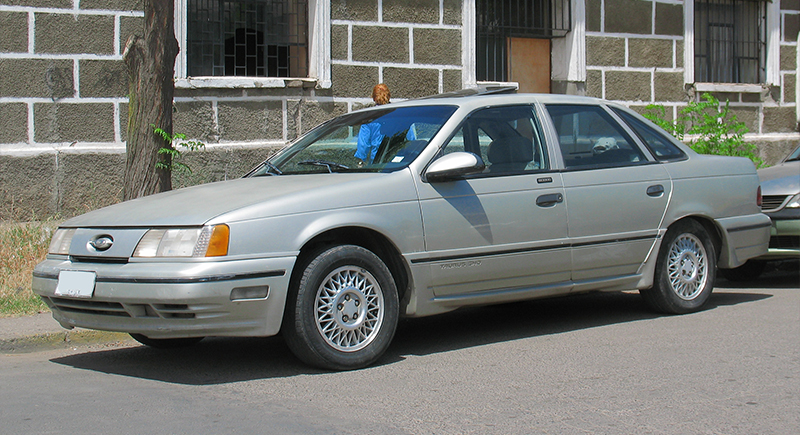
Ford revived the Super High Output badge on the Taurus from 2010 to 2019. It kept the large sedan styling, but engineers installed a twin‑turbo 3.5‑liter EcoBoost V6 with 365 horsepower. All‑wheel drive came standard, allowing strong launches despite its weight.
Lexus GS F
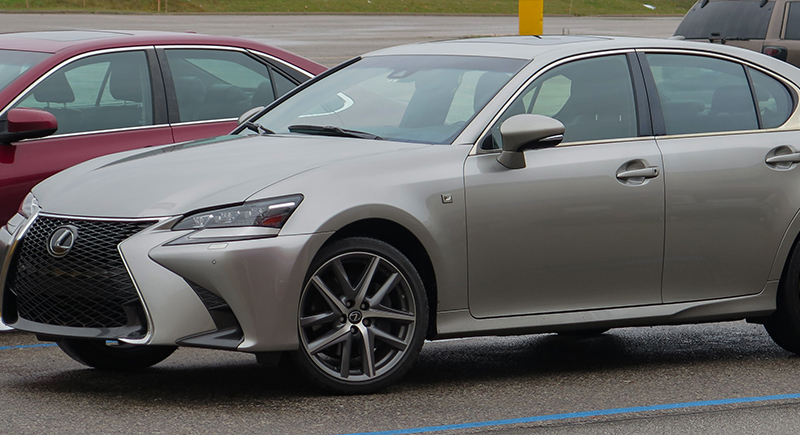
The GS F appeared more restrained than its rivals, but its naturally aspirated 5.0‑liter V8 delivered 467 horsepower. Though Lexus emphasized luxury and reliability, this model proved the brand could produce a sedan that thrilled on winding roads and racetracks alike, all while maintaining understated looks.
Pontiac Grand Prix GXP
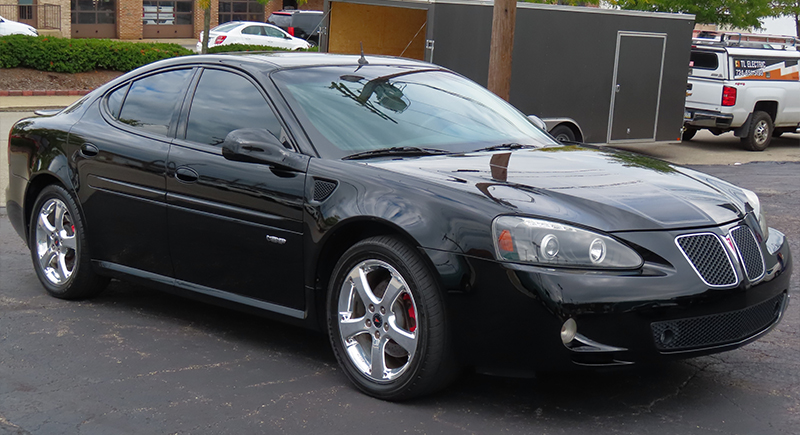
The Grand Prix GXP looked like any other midsize Pontiac, but it came with a 5.3-liter V8 under the hood—unusual for a front-wheel-drive car. Rated at 303 horsepower, it delivered brisk acceleration but also challenged engineers to control torque steer.
Subaru WRX STI

Rally fans instantly recognize the WRX STI’s capabilities, but to many, it resembles a modest compact sedan. Its 2.5‑liter turbocharged flat‑four made up to 310 horsepower, paired with all‑wheel drive and a driver‑controlled center differential. Even in stock form, the STI’s performance often caught unsuspecting rivals off guard.
Aston Martin Cygnet V8
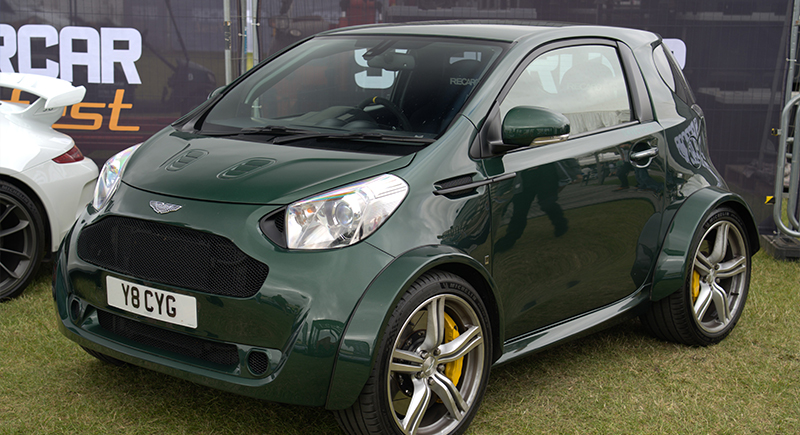
Aston Martin built a tiny city car called the Cygnet, originally using a mild 1.3‑liter engine. In a one‑off project, engineers transplanted a 4.7‑liter V8 from the V8 Vantage. The result was a microcar capable of startling speed, yet visually it still resembled the original.
Chrysler 300 SRT8
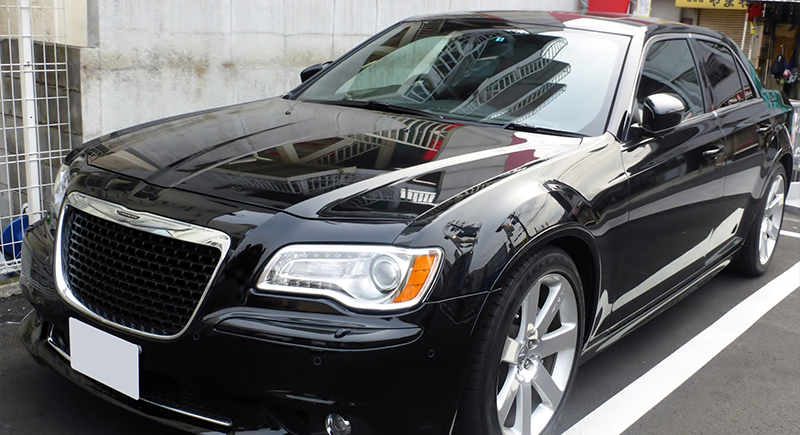
The 300’s blocky design screamed comfort over speed, yet the SRT8 version housed a 6.4‑liter HEMI V8 making 470 horsepower. Its eight‑cylinder growl contrasted with its businesslike exterior. Capable of reaching 60 mph in just over four seconds, this sedan combined old‑school muscle with modern refinement.
Volkswagen Passat W8
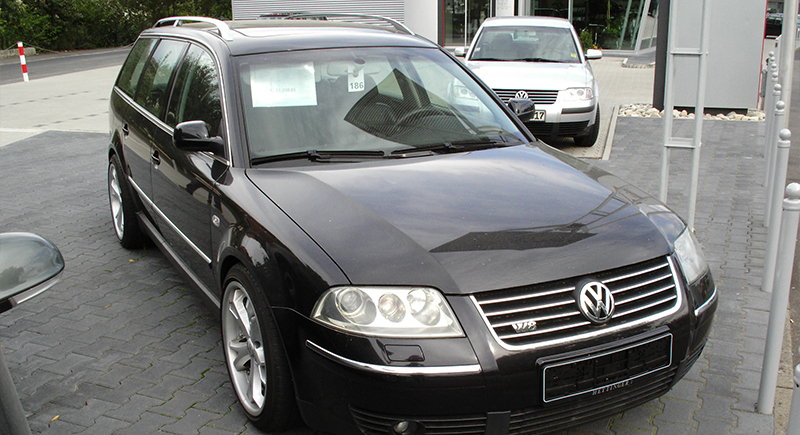
In the early 2000s, Volkswagen offered a Passat variant with a rare 4.0‑liter W8 engine. Output reached 270 horsepower, routed through either a five‑speed automatic or a six‑speed manual. It was visually similar to any other Passat, but hinted at the engineering ambition that later produced the Bugatti Veyron’s W16.
Randall 401-XR
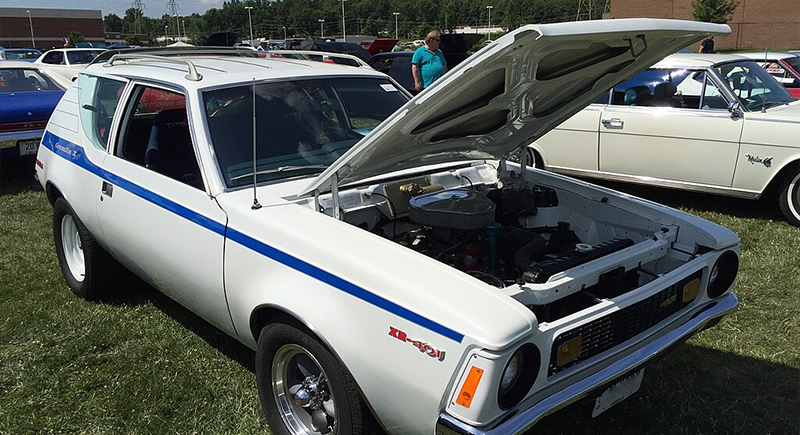
American Motors surprised drag racers with the Randall 401‑XR, a Gremlin fitted with a 6.6‑liter V8. Weighing about 2,600 pounds, the car could run the quarter mile in roughly 12 seconds, an incredible feat for a hatchback from the 1970s. Its plain design masked performance that could embarrass muscle cars of the era.